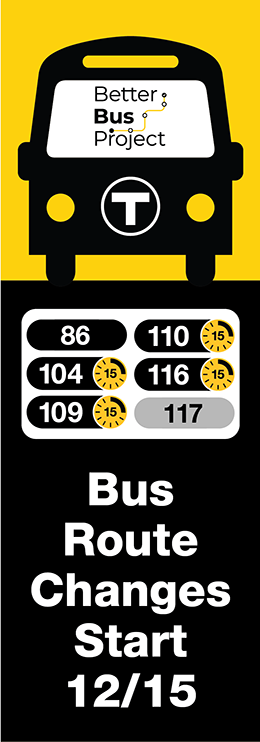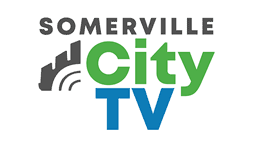Parents, faculty, debate school's future Lauren C. Ostberg Pluralism is democratic; it can also be inefficient. A week before the superintendent's recommendation and a public hearing on the Healey School's future, parents, educators, and curriculum directors presented analyses of three proposed reform options, one of which would move the Choice program to a different building. Officials agree that the status quo – two strands of project-based Choice classroom education and one strand of traditional "neighborhood" lessons – is not acceptable.
|
||||
Last year, the school fell below district averages on three of eight MCAS elements, and below the state average in all eight. Parents in the Choice program are concerned with a diluted approach to the alternative form of education they selected for their child, fueled, in part, by a lack of "buy-in" on the part of some teachers. Teachers, in turn, are tired of the tension and competition over resources.
"This constant discussion is divisive," said Sheri Sinclair, a seventh and eighth grade humanities teacher at the Healey who helped survey 58 faculty members. "We need a common mission for everyone to get behind, and an opt-out option."
The options include: a multiple program option, strengthening both existing programs in the Healey School, the two-school option, moving the Choice program to a separate building and the single-school option, integrating the best practices of the Choice program into the Healey school.
Teachers at the Healey overwhelmingly favored the one-school option, with 79 percent in favor of the integrated program. The most common second choice was the multiple program option, indicating a preference to keep the Healey School in a single building.
This may have been colored by the fact that Healey faculty indicated that the separation of "neighborhood" students into a single strand – one classroom per grade level – has a more significant impact on the school community than the Choice practices implementation or the adult conflicts under the current system.
Only 31 percent of the surveyed Choice Program parents preferred the single-school option, while the rest opted to maintain an independent program. The two-school option was more satisfying to parents than the multiple program option, but, especially if the separate program was supported by its own principal, the one school-two school issue did not impact parent's projected decision to keep their children in the Choice Program.
Parents of "neighborhood" students were more supportive of the single-school option, with 65 percent in favor.
A majority of those surveyed "strongly agreed" with the importance of basic tenets of the Choice Program, namely, high academic standards (77.8 percent), parental involvement (57.8 percent) and agreed or strongly agreed that field trips (81 percent) and after-school activities (87 percent) are an important part of their child's education.
"When you look at the two communities, and what they say they want, it's very similar," said Ward 3 Committee member Adam Sweeting.
Superintendent Pierantozzi brainstormed possibilities of each scenario – Horace Mann funding for a separate Choice program, a clarified relationship between the Choice Council and School Council in a multiple program, a redesign-from-within of the one-school option – but stressed that, under any option, development of the new program would begin next school year.
He also emphasizes a collaborative, locally-based approach to this change. "I'm happy to hand this over to a team of stakeholders. They face the real work," he said.
Curriculum administrators warned that the second-school option could take three years and significant funds to implement, but Mayor Joseph A. Curatone quickly rejected questions of finance.
"You're making a decision about education. Funding is my problem," he said.
Many Choice program respondents expressed concern with the School Committee's transparency and thoughtfulness during this process, which was initiated in March. "This process…has…not taken the time to outline specific problems before jumping to proposed solutions," one respondent complained.
The School Committee is scheduled to make its decision on Wednesday, June 30, and beginning implementing the approved program in September 2010.
"The most important thing is to maintain educational diversity," said parent Mark Mondol, who has a third grader in the Choice program. He hopes that Somerville continues to offer a progressive, project-based, constructivist learning environment, but not to the extent that it is imposed on others. "It's about options," he said.
















Reader Comments